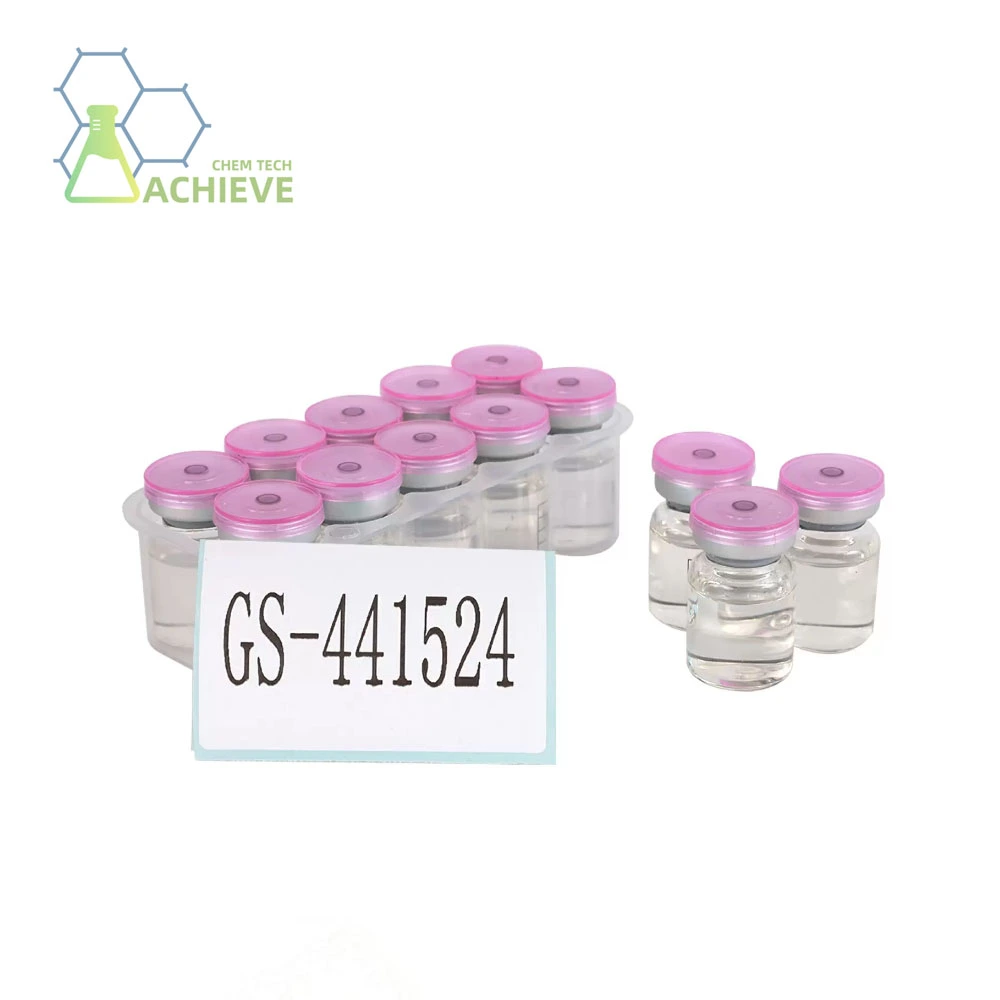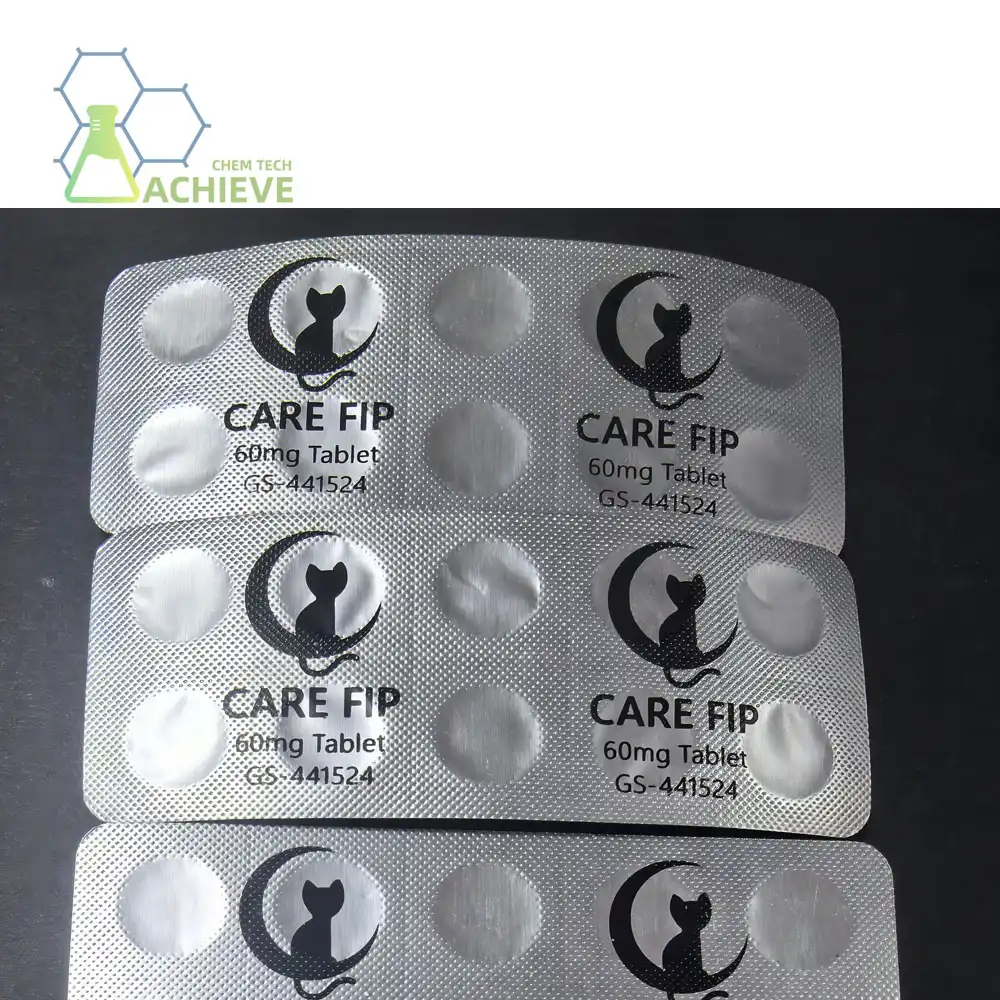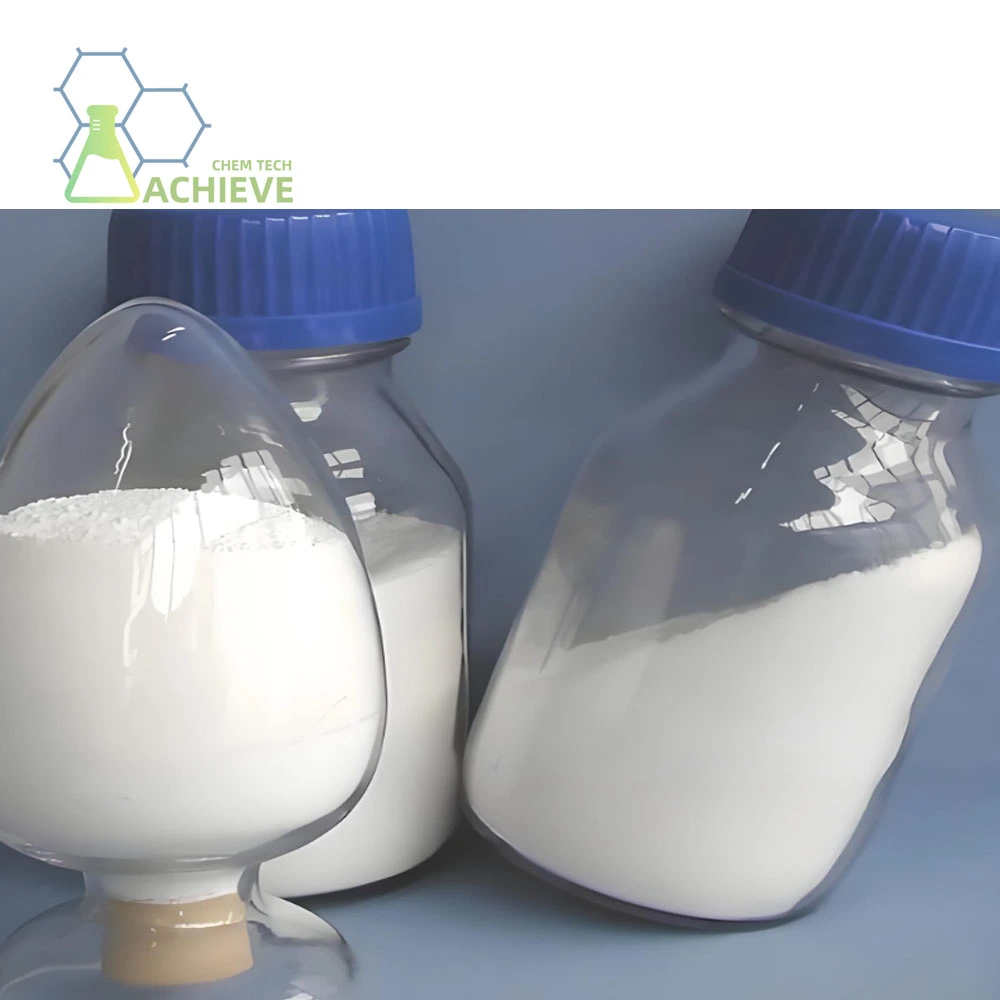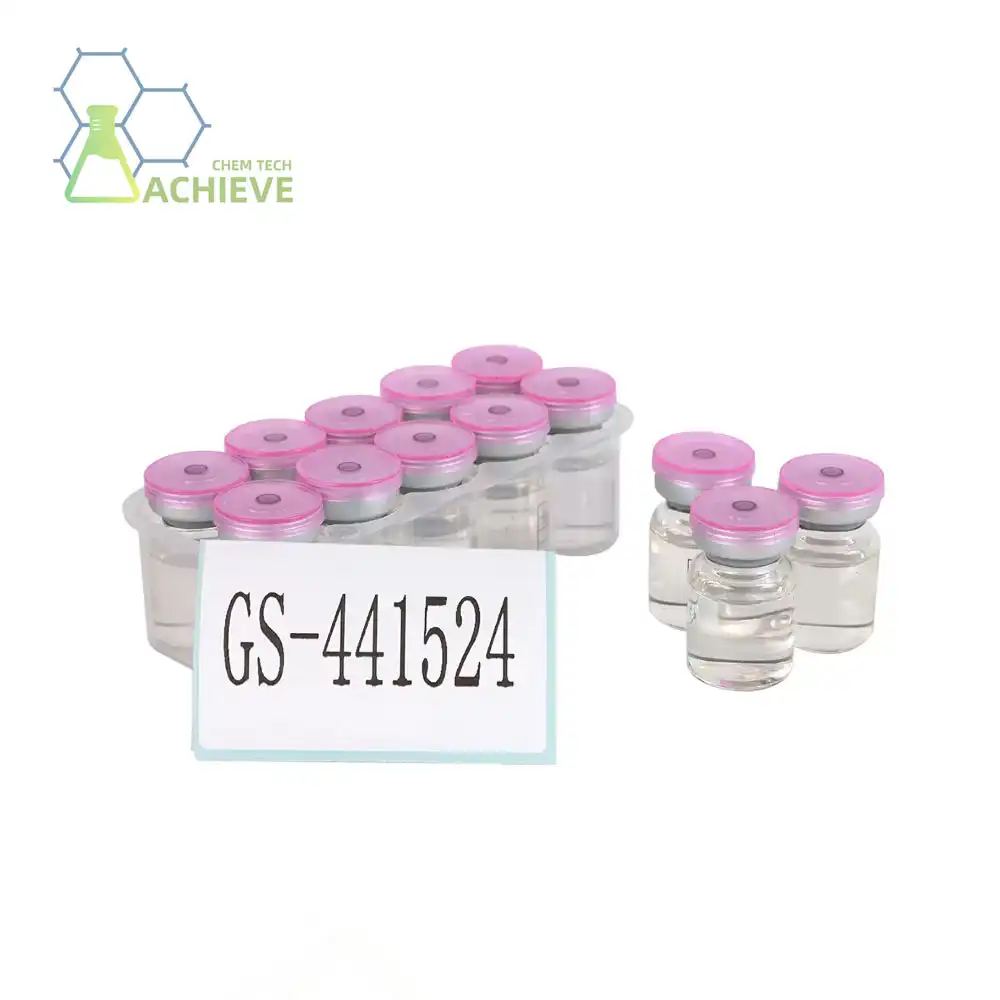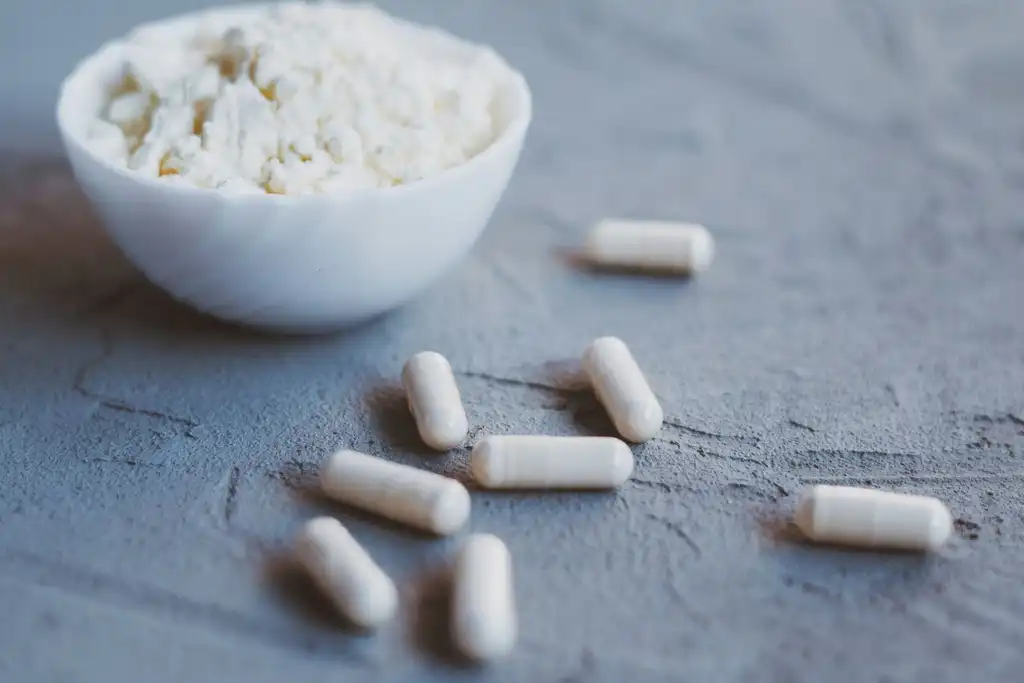Is GS-441524 a Nucleoside Analog for FIP?
Feline Infectious Peritonitis (FIP) has long been a devastating diagnosis for cat owners worldwide. However, recent advancements in veterinary medicine have brought hope in the form of GS-441524, a promising antiviral compound. This article delves into the nature of GS-441524, exploring its molecular structure, classification as a nucleoside analog, and its biochemical action against the feline coronavirus responsible for FIP.
|
|
|
|
How Does GS-441524's Molecular Structure Combat FIP?
GS-441524's molecular structure plays a crucial role in its efficacy against FIP. This compound belongs to a class of antivirals known as nucleoside analogs, which are designed to mimic the natural building blocks of viral RNA.
The Structural Basis of GS-441524's Antiviral Activity
At its core, GS-441524 is a purine nucleoside analog. Its structure closely resembles adenosine, one of the four nucleosides that make up RNA. This similarity is not coincidental; it's the key to the compound's antiviral mechanism.
The molecule consists of a modified sugar moiety linked to a purine base. This structural arrangement allows GS-441524 to masquerade as a natural nucleoside, tricking the viral replication machinery into incorporating it into the growing RNA chain during viral replication.
Molecular Mimicry: The Trojan Horse Approach
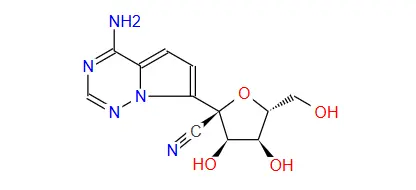
GS-441524's ability to mimic natural nucleosides is akin to a molecular Trojan horse. Once incorporated into the viral RNA, it disrupts the normal base-pairing process, leading to chain termination and halting viral replication. This mechanism is particularly effective against RNA viruses like the feline coronavirus responsible for FIP.
The compound's structure also allows it to be phosphorylated within cells, converting it to its active form, GS-441524 triphosphate. This activated form is what directly interferes with the viral RNA-dependent RNA polymerase, the enzyme responsible for viral genome replication.
Why Is GS-441524 Classified as a Nucleoside Antiviral?
The classification of GS-441524 as a nucleoside antiviral is rooted in its structure and mechanism of action. Understanding this classification provides insight into how the compound functions and why it's effective against FIP.
Defining Nucleoside Antivirals
Nucleoside antivirals are a class of compounds that mimic the natural nucleosides used in DNA or RNA synthesis. They typically consist of a nucleobase attached to a sugar or sugar-like group. In the case of GS 441524 treatment, the compound mimics adenosine, a key component of RNA.
These antivirals work by interfering with viral replication processes. When the virus attempts to replicate its genome, it mistakenly incorporates the nucleoside analog instead of the natural nucleoside. This leads to disruption of the viral genome synthesis, effectively halting viral reproduction.
GS-441524's Nucleoside Analog Properties
GS-441524 exhibits several key properties that classify it as a nucleoside analog:
- Structural Similarity: It closely resembles adenosine, a natural RNA nucleoside.
- Cellular Uptake: It can be taken up by cells and converted into its active form.
- Incorporation into Viral RNA: The viral polymerase mistakes it for a natural nucleoside and incorporates it into the growing RNA chain.
- Chain Termination: Once incorporated, it prevents further extension of the RNA chain, halting viral replication.
These properties make GS-441524 an effective antiviral agent, particularly against RNA viruses like the feline coronavirus responsible for FIP.
|
|
|
GS-441524's Biochemical Action Against Feline Coronavirus
The biochemical action of GS-441524 against the feline coronavirus is a multistep process that ultimately leads to the inhibition of viral replication. Understanding this process is crucial for appreciating the compound's effectiveness in treating FIP.
Cellular Uptake and Activation
The journey of GS-441524 begins with its uptake by host cells. Once inside, the compound undergoes a series of phosphorylation steps, converting it to its active form, GS-441524 triphosphate. This activation process is crucial for the compound's antiviral activity.
Interaction with Viral RNA-Dependent RNA Polymerase
The activated form of GS-441524 directly targets the viral RNA-dependent RNA polymerase (RdRp), the enzyme responsible for replicating the viral genome. The GS 441524 drug competes with natural adenosine triphosphate for incorporation into the growing RNA chain.
Due to its structural similarity to adenosine, the viral RdRp mistakenly incorporates GS-441524 triphosphate into the viral RNA. However, once incorporated, GS-441524 acts as a chain terminator, preventing further extension of the RNA chain.
Disruption of Viral Replication
The incorporation of GS-441524 into the viral RNA leads to premature termination of RNA synthesis. This effectively halts the replication of the viral genome, preventing the production of new viral particles. Over time, this leads to a reduction in viral load within the infected animal.
Moreover, the compound's action is specific to the viral polymerase, minimizing its impact on host cell processes. This selectivity contributes to its favorable safety profile, making it a promising treatment option for FIP.
Broad-Spectrum Activity
While GS-441524 has shown remarkable efficacy against the feline coronavirus responsible for FIP, its mechanism of action suggests potential activity against other RNA viruses as well. This broad-spectrum potential makes it an interesting subject for further research in both veterinary and human medicine.
Conclusion
GS-441524 represents a significant breakthrough in the treatment of Feline Infectious Peritonitis. As a nucleoside analog, its unique molecular structure allows it to effectively combat the feline coronavirus by disrupting viral replication at the molecular level. The compound's classification as a nucleoside antiviral is rooted in its ability to mimic natural RNA building blocks, thereby tricking the viral machinery and halting its reproduction.
The biochemical action of GS-441524 against the feline coronavirus involves a multistep process of cellular uptake, activation, and interaction with the viral RNA-dependent RNA polymerase. This targeted approach results in the disruption of viral replication, offering hope for cats diagnosed with FIP.
As research continues, the potential applications of GS-441524 and similar compounds may extend beyond FIP, potentially offering new treatment options for a range of viral diseases in both veterinary and human medicine.
For pharmaceutical companies and research institutions looking to explore the potential of nucleoside analogs like GS-441524, Shaanxi BLOOM TECH Co., Ltd offers high-quality chemical synthesis services. With our state-of-the-art GMP-certified production facilities and expertise in various reaction types, we are well-equipped to support your research and development needs. Whether you're in the pharmaceutical industry seeking bulk quantities of specific chemicals or a research institution exploring novel antiviral compounds, we invite you to reach out to us. Contact us at Sales@bloomtechz.com to discuss how we can support your projects and contribute to advancing antiviral research and development.
References
- Murphy, B. G., et al. (2019). "The nucleoside analog GS-441524 strongly inhibits feline infectious peritonitis (FIP) virus in tissue culture and experimental cat infection studies." Veterinary Microbiology, 219: 226-233.
- Pedersen, N. C., et al. (2019). "Efficacy and safety of the nucleoside analog GS-441524 for treatment of cats with naturally occurring feline infectious peritonitis." Journal of Feline Medicine and Surgery, 21(4): 271-281.
- Kim, Y., et al. (2020). "Broad-spectrum antiviral GS-5734 inhibits both epidemic and zoonotic coronaviruses." Science Translational Medicine, 12(541): eabb5883.
- Dickinson, P. J., et al. (2020). "Antiviral treatment using the adenosine nucleoside analogue GS-441524 in cats with clinically diagnosed neurological feline infectious peritonitis." Journal of Veterinary Internal Medicine, 34(4): 1587-1593.

Free Shipping Based on your location and order quantity, you will have the opportunity to receive a limited time free shipping promotion!

BLOOMTECHZ
